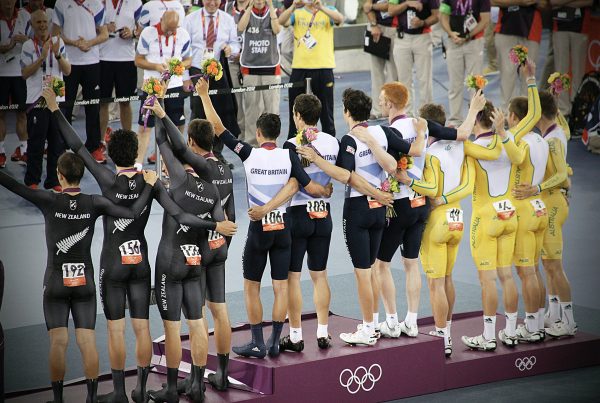by Katherine Bond
Are you thinking about your energy bank?
Imagine you had a finite amount of energy that you had to allocate through your month, quarter or year. You had to make decisions about when to conserve your energy and when you were going to spend your energy – and you’d probably be thinking about critical events or periods coming up at work, or important life events outside of work. You’d want to spend your energy wisely, knowing that there was a limit to what was in your tank. Kind of like a bank balance – there would be times that you’d be careful about spending, and other times when you needed to spend more. You’d look ahead, anticipate and plan carefully. You’d avoid going into the red, because its costly (whether we’re talking bank balances or energy tanks!).
With bank balances and energy tanks, the good news is that they can be replenished – so there are times that you can top them up – times that you can recharge your energy, mentally and physically, so you’ve got more available for when you need it most.
In our modern world, our ‘always on’ culture, coupled with a greater sense of social expectation that we ‘should’ be living our lives in certain ways means that we’ve got less good at topping up our energy banks. And it’s having consequences for us – it means we’re approaching or in the red more often, and with that brings a host of problems for our well being, as well as our ‘performance’ at work. Stephen Covey famously talked about sharpening the saw – and we seem to have forgotten to do enough sharpening, and are certainly doing less than we used to.
I worked with a leader recently who said that he had a really busy few weeks ahead, with extended periods away from home, long work hours and the need to deliver in a critical stage in an important project he was leading. He was aware that it was a one of those periods that would require much from him, emotionally, physically, mentally and practically – it would be a drain on his energy bank. We talked about ensuring that his energy bank was fully topped up before he went, and what that might look like. Luckily he was having a relatively quiet few weeks work-wise, which gave the opportunity to take more time to do the things that nourished him – exercise, time with his young family, getting ahead on life admin and hanging out with friends. As many leaders do, he was feeling an element of guilt about working less intensely and with greater flex to take time out during the day, but a reframing around his energy bank helped him think a little differently about it.
We’re often comfortable with the idea of some ‘recovery’ time after we’ve had an intense period of work – taking a few days off, or engineering your work diary so it gives a bit of breathing space after we’ve been flat out. But we’re maybe less at ease with the idea of getting our energy topped up before we head into a high pressure period.
You’re probably aware of the idea of ‘tapering’ in the world of sport – training with less intensity and having a bit more ‘time out’ before going in to competition. The more important/intense the competition, generally the greater the taper. The taper is seen as critical to ensure the athlete is physically and mentally ready to be at their best for what’s to come – it’s their equivalent to ‘sharpening the saw’ – ensuring that they’re perfectly honed and ready to compete.
So we’d encourage you to approach your energy and readiness like an athlete. Identify the key periods or moments you’ve got coming up (whether that’s at work or life events). Put credit in your energy bank to prepare – do things that nourish you, take care of practicalities, be mindful of the hours you’re working and your boundaries; whatever you need to do to fill that energy bank. And then plan for some rest and recovery time afterwards. It takes some planning and a long term view – and maybe managing some long standing (but possibly illogical) beliefs and practices on work ethic. Make choices (which might feel uncomfortable) to create the space to do both the taper and the recovery.
Think about how sharp your saw is – and make sure it’s razor sharp when it matters most!



